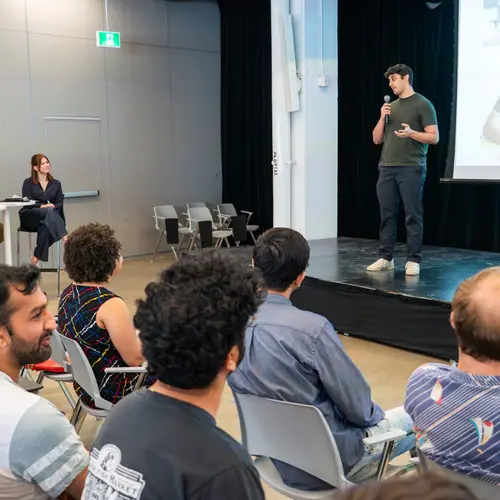
Biography
Dr. Samira A. Rahimi, B.Eng, PhD, is a Canada Research Chair (Tier II) in AI and Advanced Digital Primary Health Care. She is an assistant professor at the Faculty of Dental Medicine and Oral Health Sciences at McGill University, Co-Director of McGill’s Collaborative for AI and Society (McCAIS), and an Associate Academic Member of Mila – Quebec AI Institute. She also serves as Research Co-Director of the General Practice Residency (GPR) program in dentistry at the Jewish General Hospital.
With an interdisciplinary background, her research, supported by national and international funding, focuses on developing and implementing advanced digital health technologies—including AI-enabled tools—to improve primary health care. She is particularly committed to improving care for vulnerable and underserved populations, ensuring that innovation benefits everyone.
Her work as Principal Investigator has been funded by the Fonds de recherche du Québec – Santé (FRQS), Natural Sciences and Engineering Research Council (NSERC), Roche Canada, Brocher Foundation (Switzerland), and the Canadian Institutes of Health Research (CIHR).
She is the recipient of numerous awards, including the 2022 Marjorie Bowman and Robert Choplin New Investigator Award, an award that recognizes exceptional contributions by emerging investigators in the field of primary care research.


